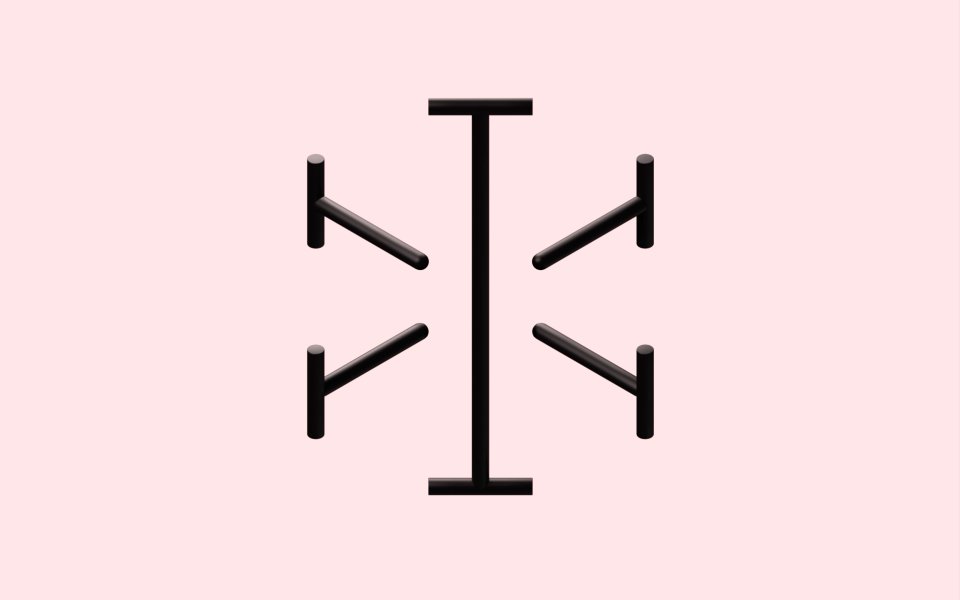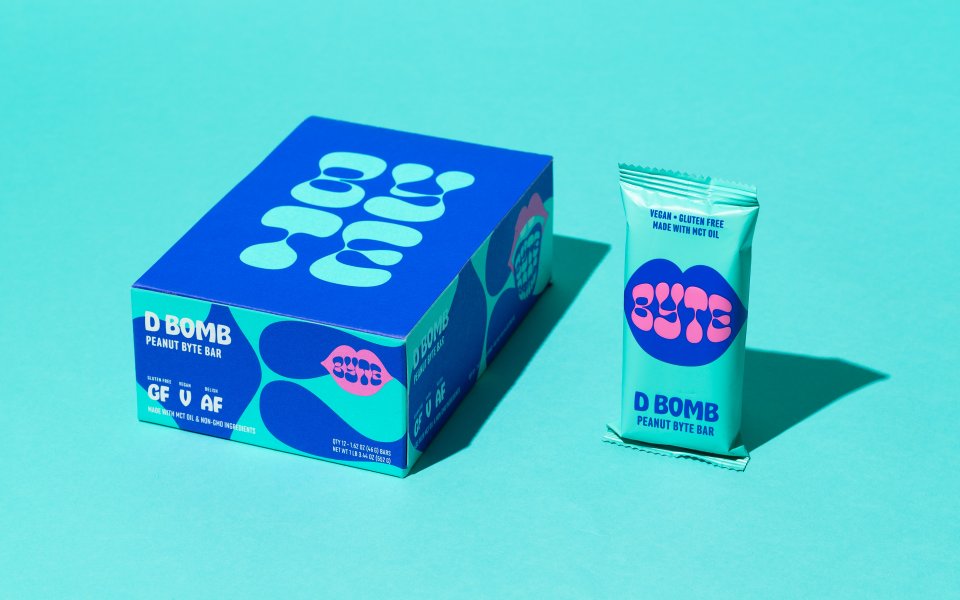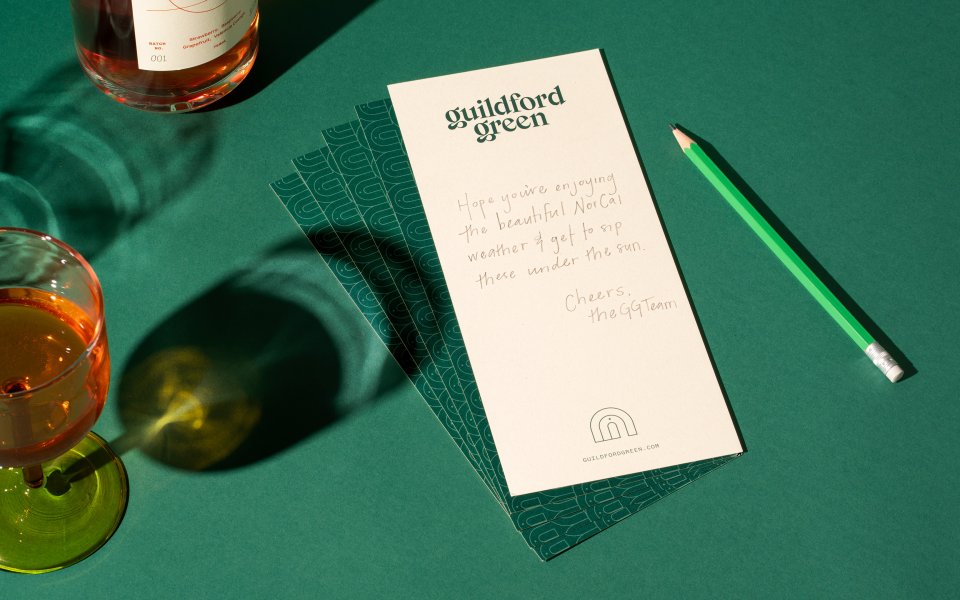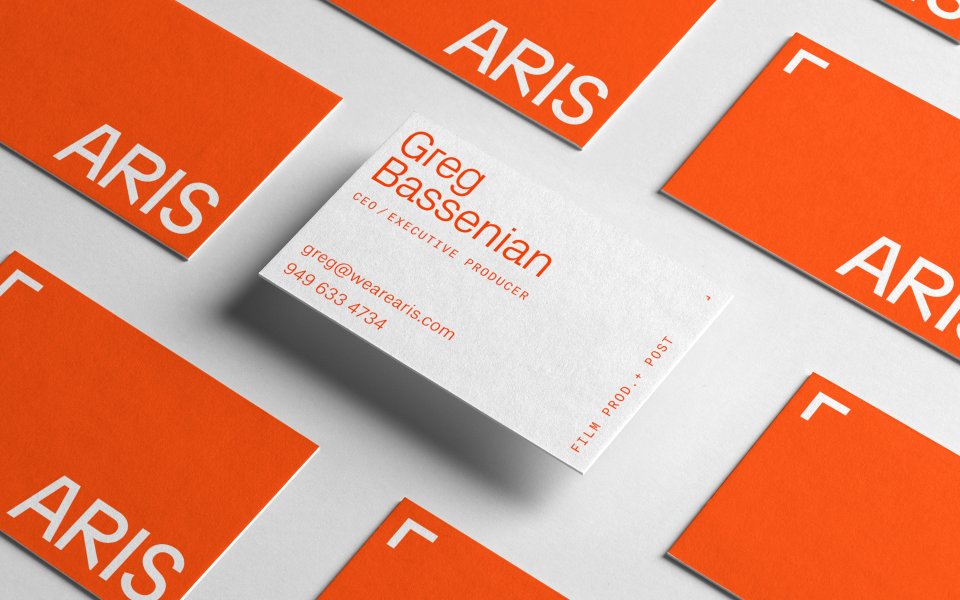If you want to be thorough, and avoid sacrifices in cost or quality, green design takes time. We’ll use green print production as an example since it’s often the most applicable to graphic design.
Every print project we oversee involves sustainability to some degree—it’s intrinsic in our approach. On occasion, a like-minded client may simply just want to do the right thing, but our goal is to make green design a clearly positive investment regardless of the client’s initial inclinations.
With large volume print projects, our efforts to minimize waste provide an immediate return on the investment by saving the client money on the production run (the driving force behind many large corporations “going green”). In those circumstances, the value is clear, but on smaller runs the cost of our time might not be offset by the production cost savings. If we do our job right, the client will see enough added value in the level of quality we deliver when overseeing production and, additionally, they may believe that a mindful approach will build trust and loyalty with their audience.
So yes, clients are willing to invest in green design, but it will probably take some uncompensated time invested upfront by the designer in order to be able to price it as a valued service. When we first started practicing green design, we didn’t seek to receive compensation for any of our green production efforts. Now that we have a significant amount of experience and case studies, clients do engage us, in part, for our knowledge, expertise, and results in green print production.
Our current fees factor in the extra time needed for overseeing the quality and sustainability of each print project we take on. Occasionally we’ll need to dive deeper into research on a production process we are unfamiliar with. The time to do so is usually done on our dime, but the research and experience later adds to our value in overseeing production of future projects.



















